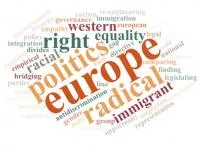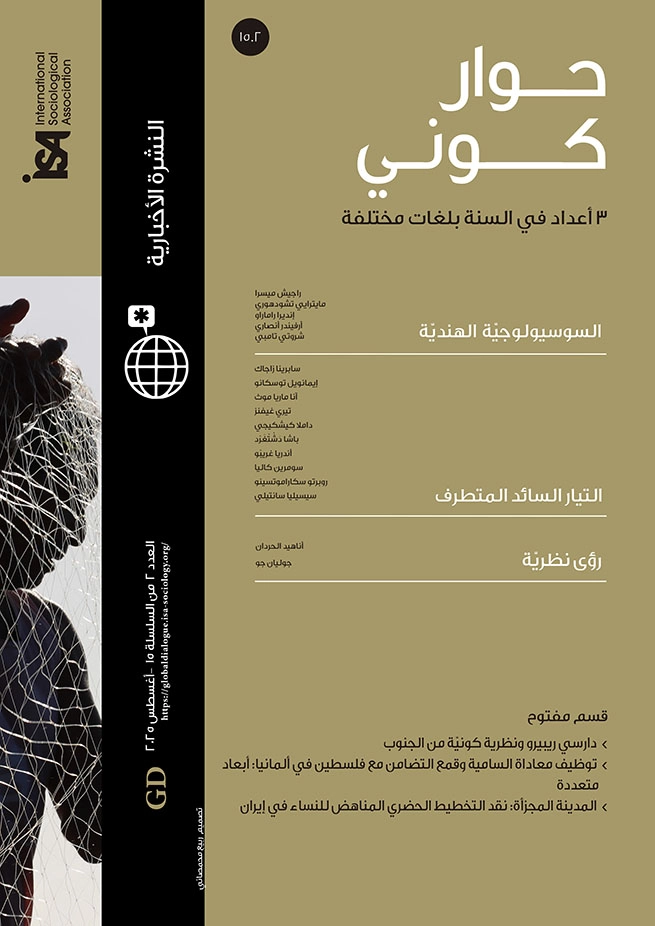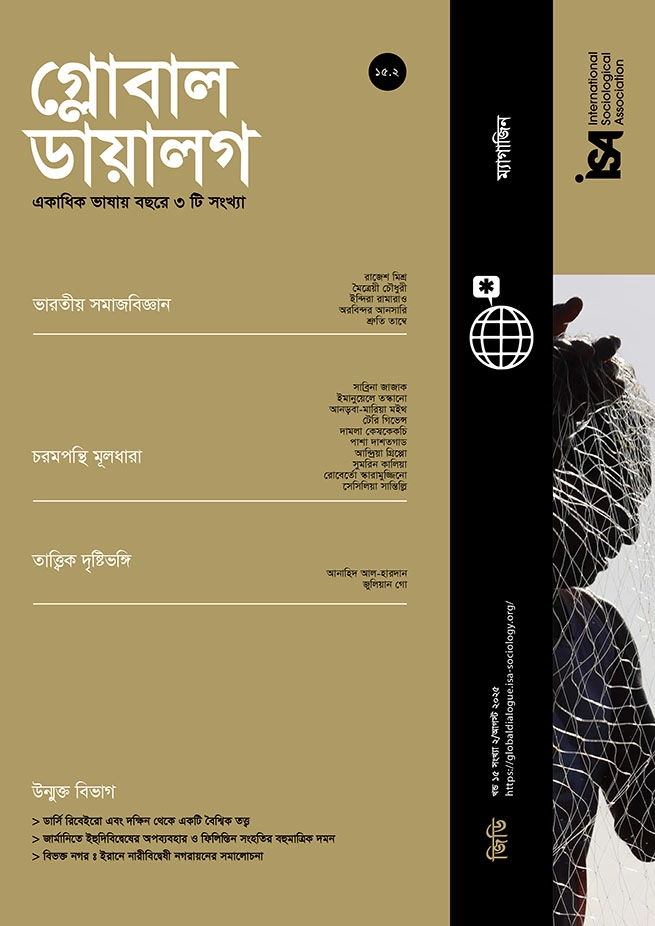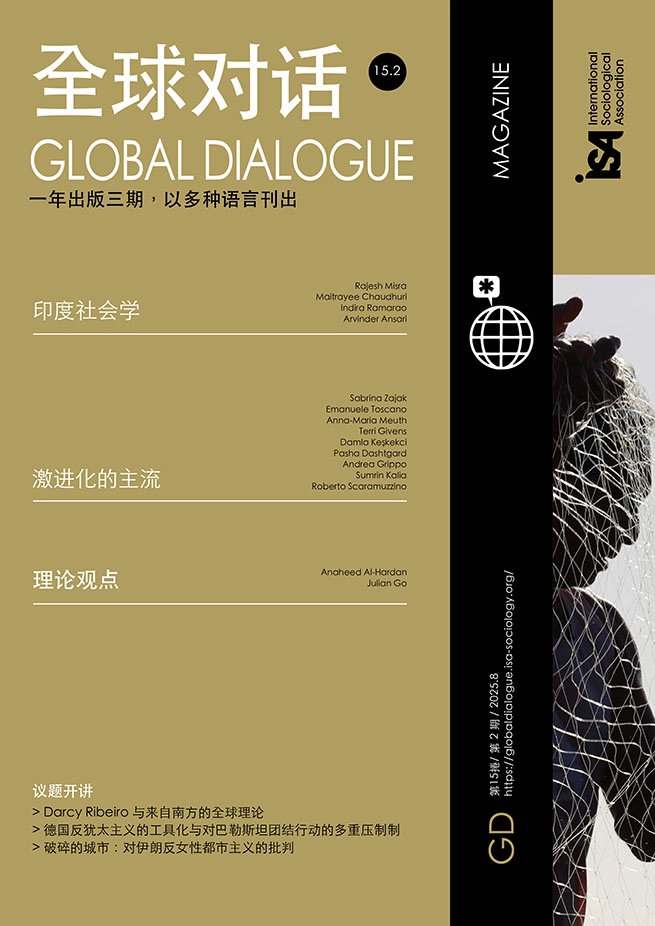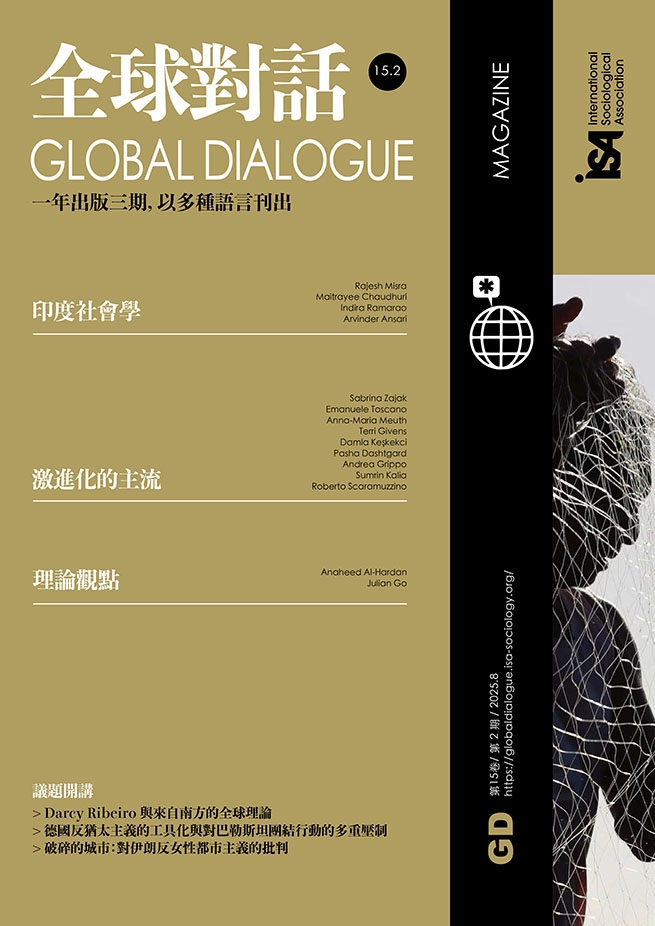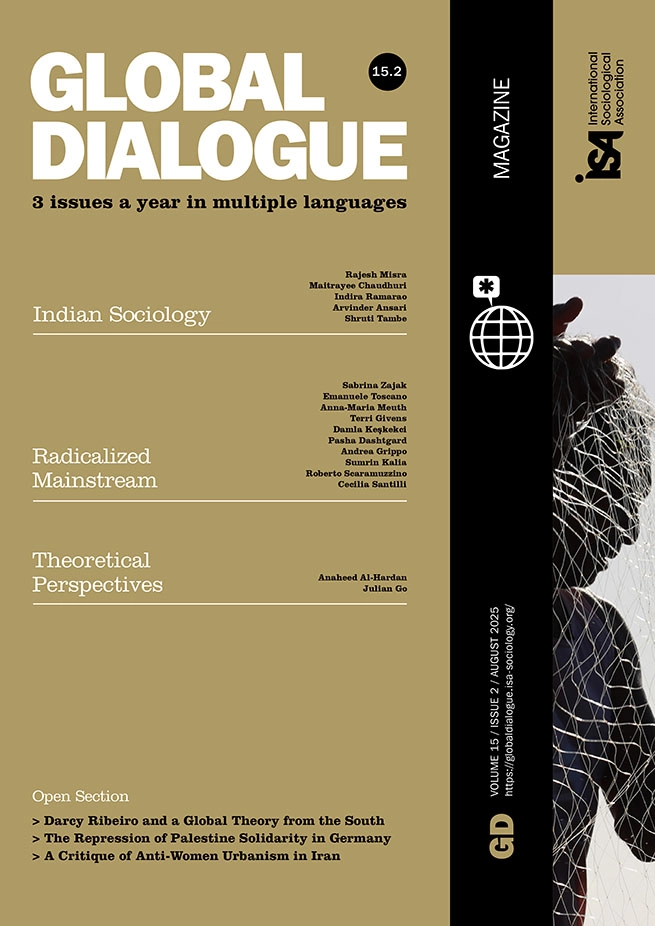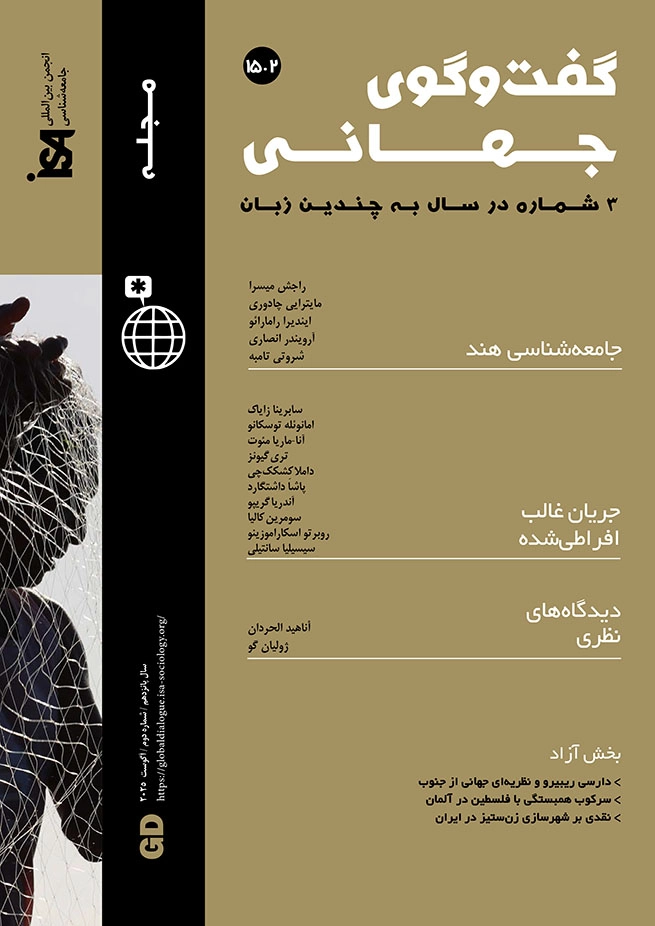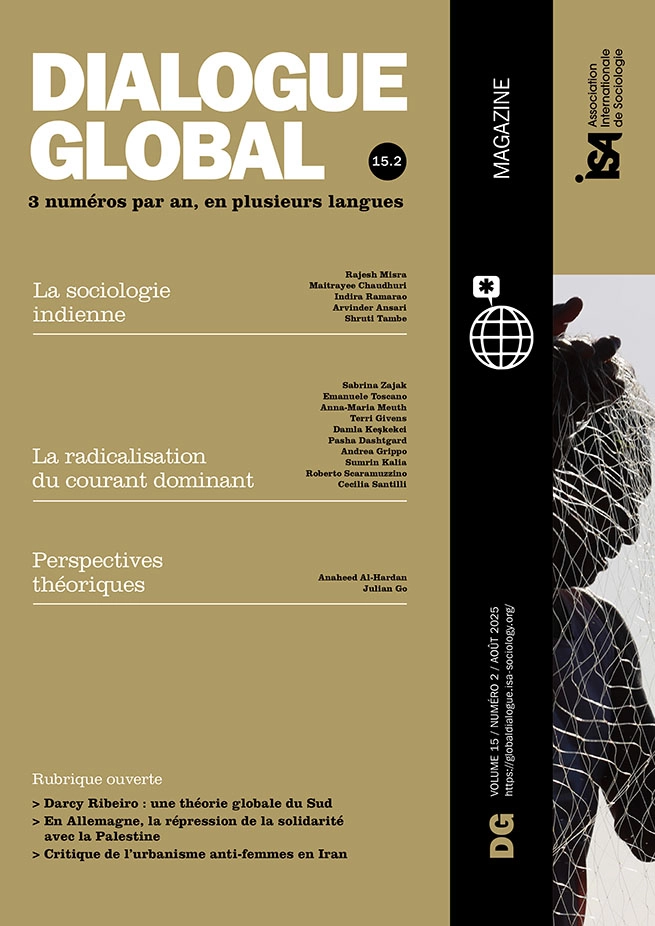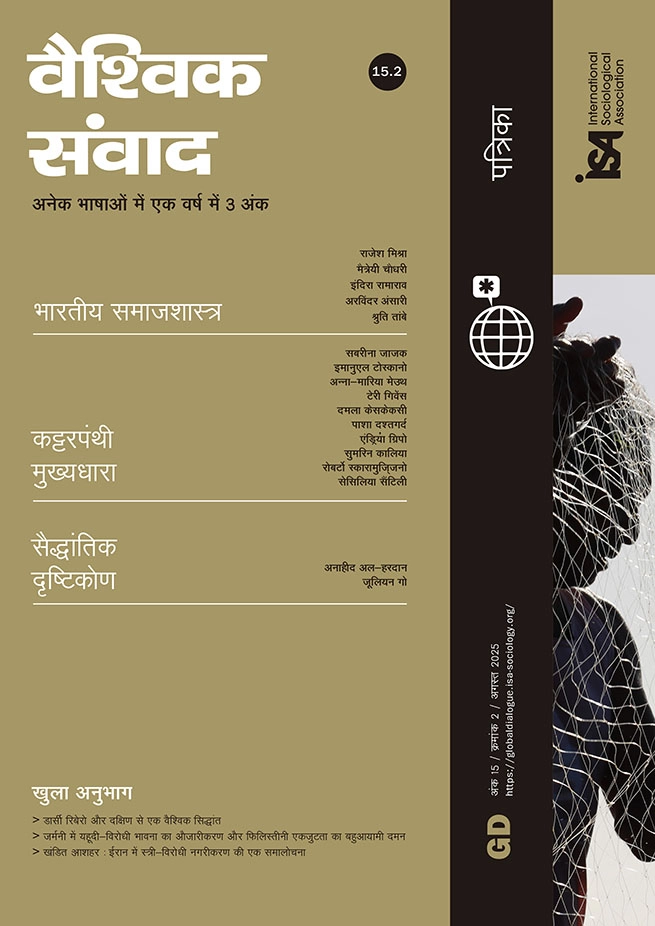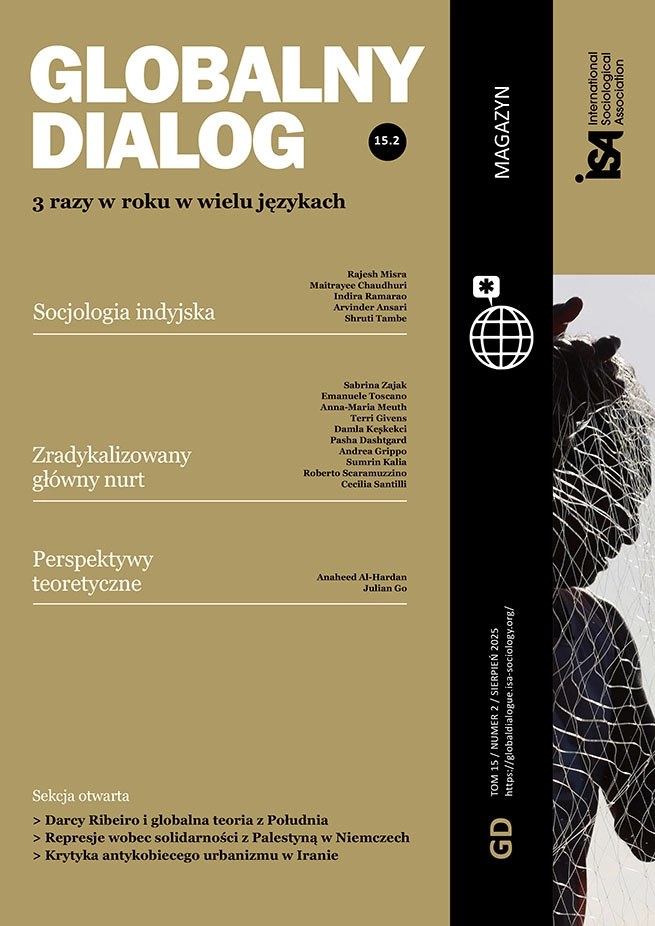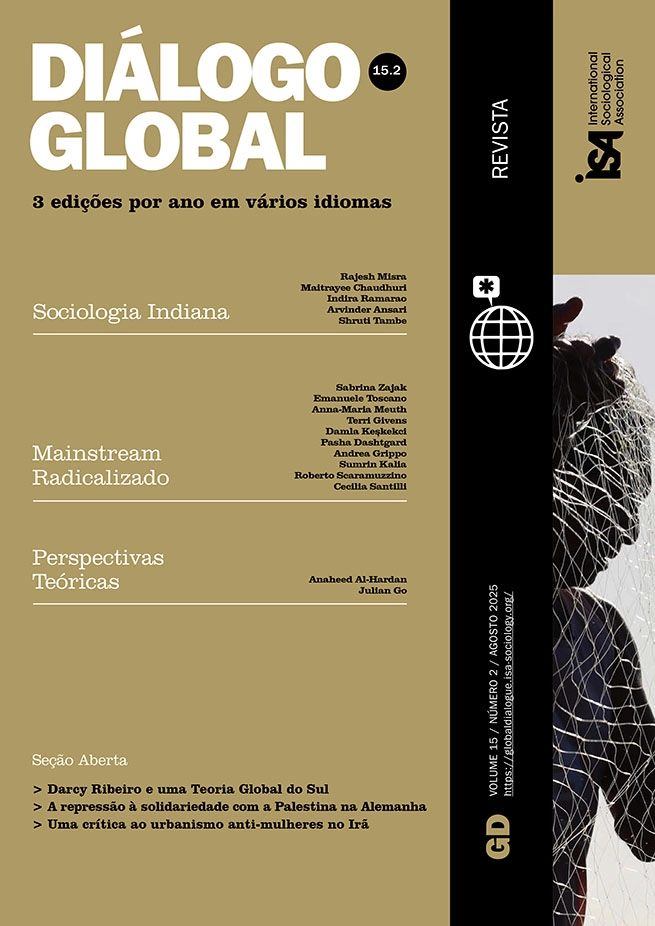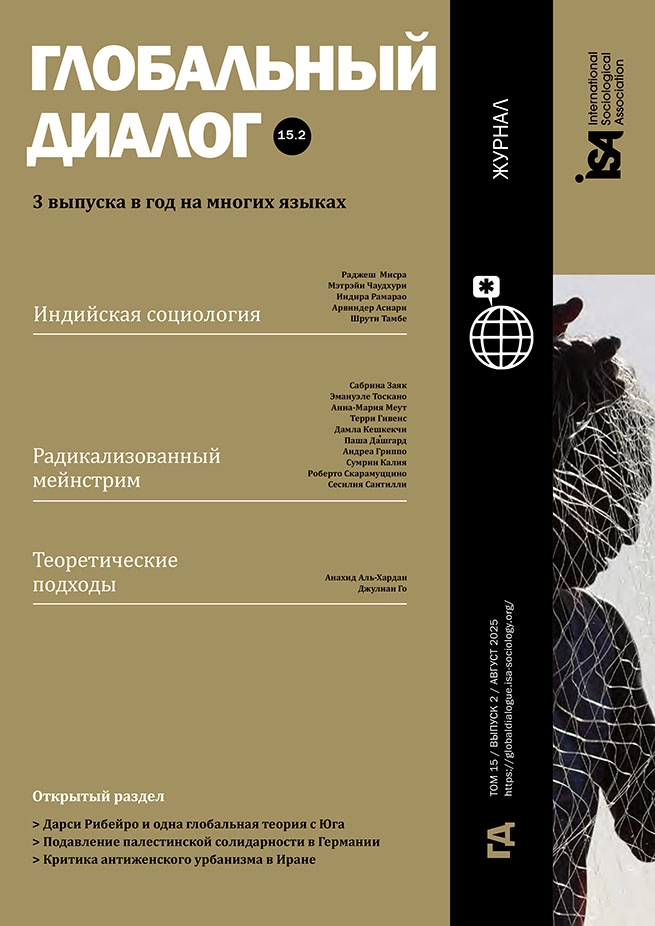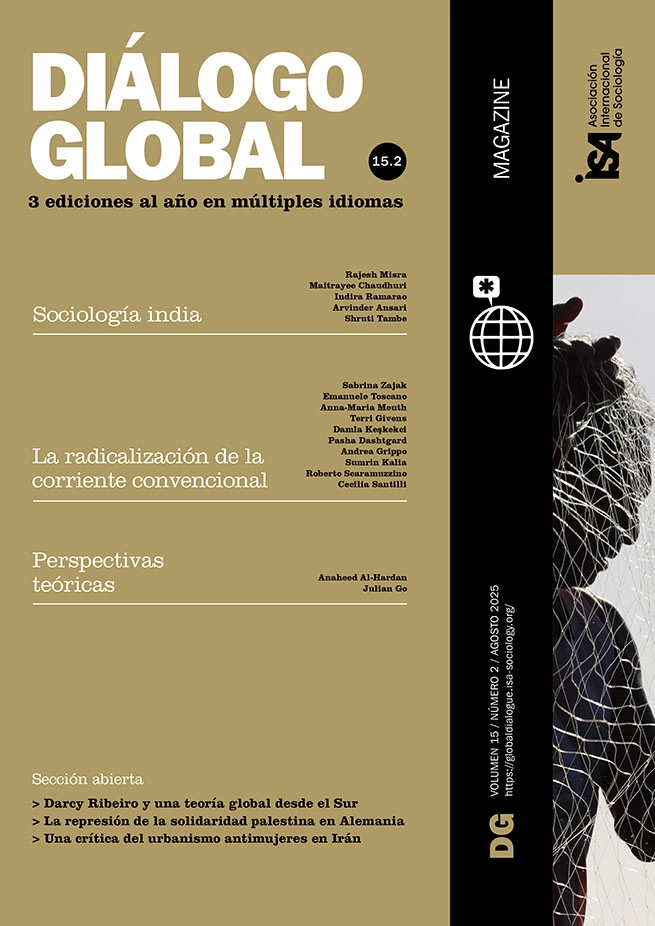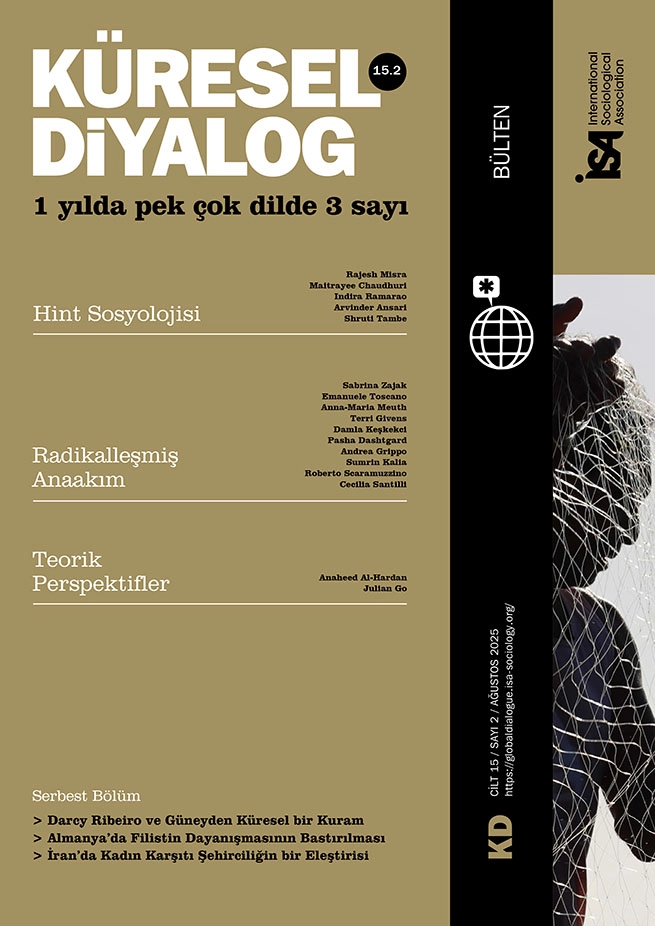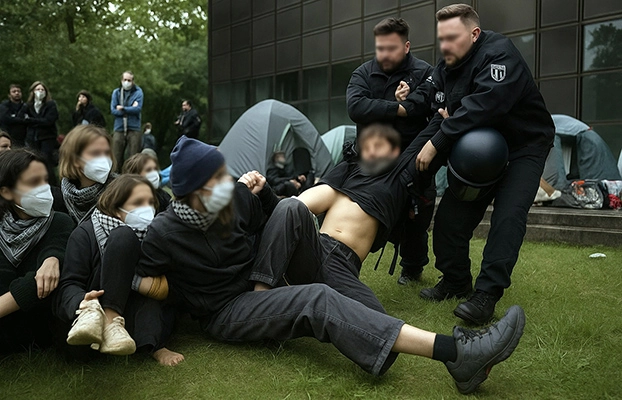Many democracies around the globe have seen tremendous changes to their principles and core values which are ongoing: what has always been labeled as the far-right has stopped being the far-away right and become the new normal, the mainstream. Ethno-nationalist, authoritarian, anti-migrant, sexist and anti-plural ideologies have captured key positions in societies. Far-right actors occupy positions in the economic and political elites, but they also mobilize through grassroots movements and insta-influencers alike. Many years of mainstreaming and mobilization has put the far-right ideologies into positions of power literally in all spheres of society, and into the hearts and minds of many ordinary citizens, men, women and children, turning society into what we would like to call the “radicalized mainstream”.
The concept of the radicalized mainstream
With this special edition of Global Dialogue, we want to shed some light on the recent and new dynamics of the normalization of the far right and its implications for liberal democracies in Europe, the US and beyond, as well as for the global architecture of democratic allyship. We will look into questions of which previously marginalized ethno-nationalist ideas and rhetoric have increasingly become adopted and openly articulated in mainstream discourse, socio-cultural dimensions, personal attitudes and political mobilizations and programs; and just how this has come about. We suggest using the concept of “radicalized mainstream” to shift the perspective away from analyzing the tactics, actors and ideologies of the far rights (alone), towards an understanding of radicalizing the mainstream itself.
By radicalized mainstream we understand the diffusion and bricolage of ideologies by an increasingly dense local-to-global network of actors (including politicians, business leaders, digital fascists, political parties, organizations and grassroot movements, as well as private individuals) who restructure society and social relations via orders of unequal worth. Using this concept, we would also like to draw more attention to an interrelated and yet so far largely neglected process: the de-normalization of democratic and inclusive norms and principles, and the push of pro-democratic, anti-discriminating (e.g. anti-racist, anti-sexist) and progressive forces to the margins.
In this introduction we would like to elaborate the idea of the radicalized mainstream and to point out some of its international consequences and its (expected) implications for equality and liberal pluralist democracy.
From a search to analysis
When we first developed the concept of radicalized mainstream, at an international conference at the German Center of Integration and Migrations Research (DeZIM), co-hosted by the ISA in Berlin in 2023, we wanted to focus on a paradox. To us, the concept of the radicalized mainstream was rather a stylistic and thought-provoking device, an oxymoron, as the radical and mainstream are opposites or at least concepts that cannot be uncombined: what is radical can’t be mainstream at the same time. We called the conference “In Search of the Radicalized Mainstream” as a platform to discuss with internationally renowned scholars the dynamics of normalization and its dangers when (mainstream) society becomes radicalized.
Today, instead of searching, we think it is time to look into the empirical realities of an increasingly radicalized society and the dynamics between the normalization the far right and the de-normalization of democratic, plural and progressive actors and values. The contributions to this issue offer broad evidence.
Terry Givens investigates the normalization of the far right through a comparative view of the different party systems in Europe in different phases. Damla Keşkekci talks about the different mechanisms of platform mainstreaming. Meanwhile, Pasha Dashtgard looks into how the manosphere turned men’s self-improvement networks into ideological battlegrounds; he shows how optimizing one’s body and masculinity becomes a mechanism of radicalization. Driven by a broader cultural turn, far-right actors have also increasingly leveraged fashion as a strategic tool to construct identity, disseminate ideology, and normalize extremist narratives beneath the surface of mainstream culture. Andrea Grippo shows how across generations, far-right aesthetic strategies have evolved – from overt subcultural styles to ironic, hyper-normalized fashion – weaponizing aesthetics as a vehicle for political infiltration and cultural legitimation. Finally, Sumrin Kalia identifies multiple mechanisms through which the far right has encroached on civil society in Pakistan and beyond, while Roberto Scaramuzzino and Cecilia Santilli analyze the various ways populist governance reconstructs civil society.
Focusing on discursive shifts
So, what here is different from existing research on the far right and far-right mobilization?
A very large number of studies and articles focus on those who vote for far-right parties (predominantly male, from all social classes) and the reasons for their rise in Western liberal democracies. These include coping with rapid modernization experiences, social inequality, feelings of insecurity, changes in political milieus and systems of representation, the role of the polycrisis, war and the pandemic. Others focus on the societal level and research the rise of the far right as an effect of social mobilization.
The normalization perspective examines how actors and ethno-nationalist ideologies are adopted within the societal mainstream and spread politically, culturally, and discursively. Understanding and describing the rightward shift of political agendas and its effects on democratic societies is a central focus of this perspective. Many experts and authors emphasize that attacks on democratic institutions and values are often carried out from within democracy itself, hijacking its institutions and values.
The analytical focus is on discursive shifts: normalization can be traced through the use and dissemination of terms that were previously employed by right-wing actors but have since entered mainstream discourse and have become normalized. The process can lead to the transformation of political debates and culture, as well as structural changes in the public sphere. Social media platforms play a crucial part in this process, accelerating disinformation and amplifying radicalized actors, especially since hate speech is no longer regulated. This leads to tangible policies, for example, in asylum law restrictions, forced border controls or in sexual and gender self-determination.
Ideologies of the unequal worth of human beings justify discrimination-based hierarchies
Normalization thus goes beyond the traditional study of the far right and instead highlights the role of actors within the democratic mainstream. The concept of radicalized mainstream builds upon and integrates these insights. But instead of focusing on the ‘one-way path’ from the extreme fringes to the mainstream, we expose the mainstream in all its ambiguities and complexities, where pre-existing ideologies, world views and practices become mixed and intermingled with far-right actors and ideologies. Not only are democratic ideas, values and practices de-constructed, but they are also pushed to the margins.
Overall, we define the radicalized mainstream as an increasingly dense network of actors, institutions and media which, even if not formally affiliated with extreme right-wing parties, adopt or shift towards rhetoric and positions that (once) belong(ed) to radical political formations.
We refer to the mainstream as a highly heterogeneous phenomenon: a diverse range of societal actors with different positions and backgrounds, across various domains, who accommodate, align with, justify, and normalize far-right ideologies, activities, and attitudes under a wide variety of circumstances and for many different reasons. In turn, radicalization refers to processes, from rhetoric to actions, in which ideologies of the unequal worth of human beings are used to justify and intensify race, gender, ultra-nationalist and discrimination-based hierarchies; modes of exclusion stir up hate and violence and can even lead to murder by individuals and groups.
Complex local, national and international consequences
This affects all societal fields: politics, culture, business, civil society and the public sphere, at the individual, organizational and institutional level. In this context, normalization of the radical right can be seen as a process of social acceptance, as well as an institutionalized phenomenon.
Against this backdrop, any exclusive focus on the electoral aspects of radicalization, far-right mobilization or discursive shifts in the mainstream risks producing a distorted interpretation of the phenomenon. Instead, we need to look into the complex interplays, ambiguities, burring boundaries and ideological bricolages which turn friendly neighbors, friends or family members into enactors of ignorance, hate or violence. Doing so also allows us to delve more deeply into the mechanisms of de-normalization and marginalization of democratic and progressive actors, ideas and practices. The fundamental implications for liberal democracy become obvious: the idea of democracy is reduced from a local, national and global organizing principle of social life into ever smaller islands of collectively organized equality, solidarity and hope.
We give only a few examples of local national and international consequences of the radicalized mainstream. In many so-called liberal democracies, social movements and progressive civil society including the labor, women’s, LGBTQI+, climate and peace and (Palestine) solidarity movements, as well as pro-democratic movements, increasingly become criminalized, silenced and repressed. The closing of borders and restrictive admission of refugees exacerbate the protection and security situation of displaced people – both along their escape routes and in terms of their ability to exercise their right to asylum. Disregard of climate targets by powerful industries affects the global climate, as it knows no borders or national interests.
International arrangements are also at stake. It is unclear if the European Union, once the bastion for peace and anti-fascism, will survive the pressure of the radicalized mainstream from both within and without. Humanitarian concepts upheld by the UN become discredited and funding gets withdrawn, endangering millions of lives that depend on humanitarian aid worldwide. Increasing nationalism is weakening the multilateralism that has developed over recent decades to address and manage global problems. This is evident in boycotts of negotiations or withdrawals from previously concluded agreements in areas such as trade, climate, migration, and security alliances. Regarding the field of trade, protectionist economic policies are being introduced through increased tariffs and the (threat of) trade wars.
A research agenda for the renewal and reinvention of democracy
These are only a few examples of how the new normal of the radicalized mainstream is already contributing and is expected to continue to contribute to the erosion of the protection, enforcement, appreciation, and visibility of human rights and democracy. If we want to stop and reverse the radicalizing of the mainstream, we are strongly convinced that we need thorough empirical analyses and inter-country comparisons to better understand the mechanisms of mainstream radicalization. Understanding how a mainstream radicalizes can ultimately contribute to developing concepts for its de-radicalization, looking into the “visions of hope” where democratic values, practices, and communities are restored, regenerated and renewed. Taking both together, the dynamics of far-right normalization and democratic de-normalization should shape the research agenda so we can contribute to the renewal and reinvention of democracy in the future.
Sabrina Zajak, DeZIM Institute, Germany <zajak@dezim-institut.de>, Emanuele Toscano, Guglielmo Marconi University, Italy, and Anna-Maria Meuth, DeZIM Institute, Germany
